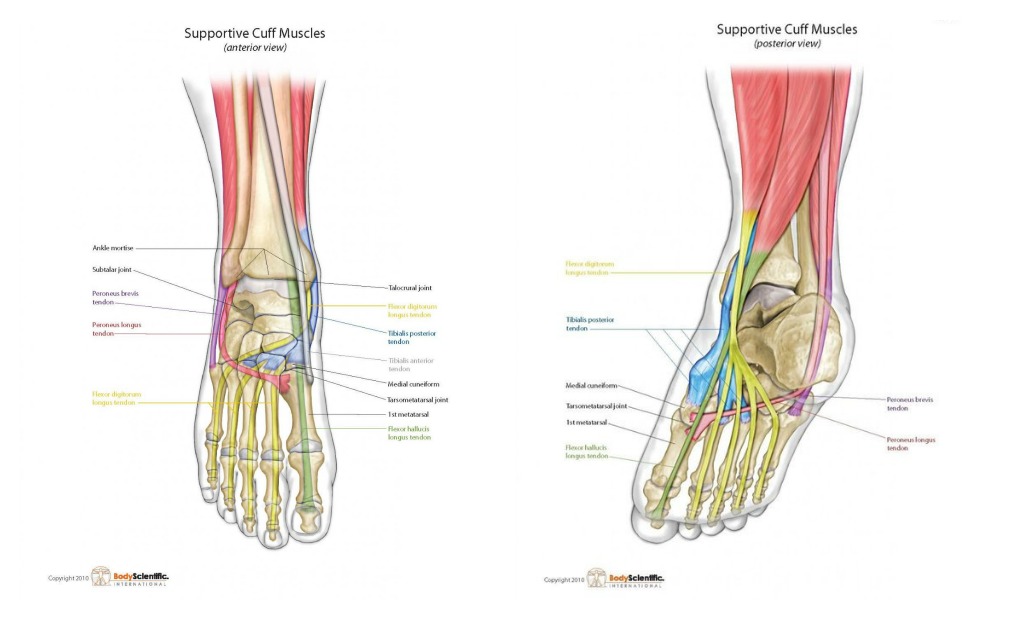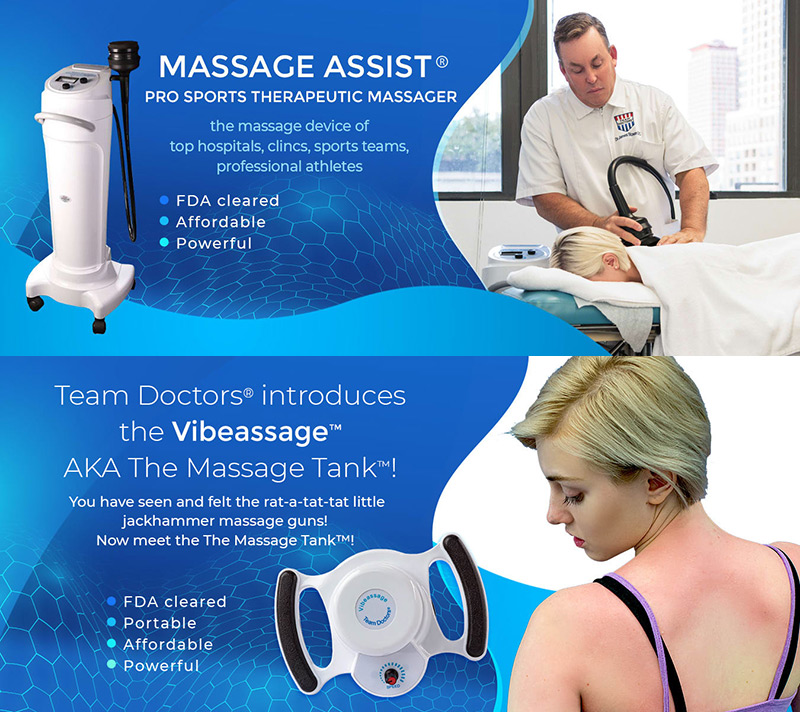Dr. James Stoxen DC of Chicago IL, USA and
April 29, 2012 at a park
Kuala Lumpur, Malaysia
Today I am going to help you evaluate if your Human Spring Suspension System muscles are weak by doing the Foot and Ankle Alignment Test.
This is the sister test to the Foot-Ankle Toe Raise Alignment Test (Posterior)
The Foot Ankle Alignment Test (Front) and (posterior) are two tests in Anthony Field’s book, How I Got My Wiggle back. You can get the book from Amazon.com or purchase it at your local bookstore.
Yes, I did these tests on Anthony Field and… he failed both tests miserably!
So don’t be discouraged because if you read the book you will find:
Field, the creator and a founding member of the world’s most successful musical groups for young children, The Wiggles, was handicapped by chronic pain, chronic, chronic fatigue, misdiagnosed fibromyalgia and depression during his 20 years on the road. I am proud to say, I was able to assist him.
It covers our consultation in detail and provides a comprehensive, plain-English explanation of the drug free approach, and the results, that helped him get in the best shape of his life.
excerpt taken from the book, How I Got My Wiggle Back, page 127, The Foot – Ankle Alignment Test (front view), Back to the mirror, please. Stand up straight and do a little jig. OK, that has nothing to do with this test, but it’s always healthy to have a bit of dance.
Right back to it. Draw an imaginary line from your second toe running up through your ankle to your knee. Is the line straight or is it broken around the ankle area? If it’s broken, then the muscles that suspend your arch spring or your foot are probably not strong enough and your spring suspension system could be damaged.
Directions:
- Go up on your tip toes
- Try to maintain a proper alignment with your second toe, ankle and shin bone
- Try to balance
Pictured above is an example of an ideal foot/ankle alignment which will only make your spring suspension system muscles stronger. This is your goal!!!
Pictured above is mild to moderate misalignment of the foot/ankle. This is cause to work on strengthening the spring suspension system muscles.
Pictured above is moderate to severe foot/ankle alignment which means you should work on strengthening your spring suspension system muscles.
To give you a better idea to compare good alignment vs misalignment I have put the graphic models side by side above. (click here get a separate page to view while you read)
If your foot goes out of alignment and turns out then that means you have a weakness in the spring suspension system muscles.
If one foot can go up in alignment and the other one turns out and cannot go up then you have a weakness on one side.
The Muscles of the Pronation Supination Cuff
If you look closely at these illustrations of the feet, (If you look closely at these illustrations of the feet, (click here to open a separate page with this diagram to study while you read)) you will see that the pink and purple tendons ( peroneus longus (also known as fibularis longus) is a superficial muscle in the lateral (outside) compartment of the leg. It acts to counter that abnormal turn out of the leg or evert the leg.
Just look at how the tendon of the peroneus longs (pink tendon) extends under your arch and attaches to your your big toe. These are the muscles that are not engaging or weak in your suspension system muscle group.
The muscles of the spring suspension system of the foot and ankle consist of the tibialis posterior, tibialis anterior, peroneus longus, and peroneus brevis.
As you can see the peroneus longus coming from the lateral aspect of the foot cross over to add some support to the first ray because this is where the foot usually collapses and locks.
The Peronæus longus also everts the sole of the foot, and from the oblique direction of the tendon across the sole of the foot is an important agent in the maintenance of the arch.
The Tibialis Posterior Muscle
This is the tibialis posterior (blue tendon) that supports the first metatarsal-cuneiform, second and third. You can also see the tibialis posterior (blue tendon) which attaches at the mid-arch at the first second and third metatarsal cuneiform joints where the spring action happens on impact.
If this joint area is stiff or locked then the tibialis posterior cannot contract maximally against this joint. It’s impossible if the joint is locked.I find this muscle to be the weakest of the cuff.
They even have a syndrome named for it:
Posterior Tibial Tendon Dysfunction
Posterior tibial tendon dysfunction is the most common cause of acquired flatfoot deformity in adults. Although this term suggests pathology involving only the posterior tibial tendon, the disorder includes a spectrum of pathologic changes involving associated tendon, ligament, and joint structures of the ankle, hindfoot, and midfoot.
Early recognition and treatment is the key to prevention of the debilitating, long-termconsequences of this disorder. Conservative care is possible in the earliest stages, whereas surgical reconstruction and eventually arthrodeses become necessary in the latter stages. The purpose of this article is to review the symptoms, physical examination, radiological examination, classification, and treatment of posterior tibial tendon dysfunction. / Orthop Sports Phys Ther 2000;30:68- 77.
The blue tendon represents the tibialis posterior muscle and tendon. This muscle stabilizes the arch from the medial aspect.
This test can give you a good evaluation of the strength of your spring suspension system up to your bodyweight ONLY!
It is important to have strength in your foundation to protect your body from impacts as well as help with balance, agility and coordination.
Lets understand the importance of this test…
Just look at how the tendon of the peroneus longs (pink tendon) extends under your arch and attaches to your your big toe. These are the muscles that are not engaging or weak in your suspension system muscle group.
This can give you a good evaluation of the strength of your spring suspension system.
What
It is important to have strength in your foundation to protect your body from impacts as well as help with balance, agility and coordination.
The muscles which support the foot and ankle in this position are the achilles as a primary however the tibialis anterior, tibialis posterior, peroneus longus and brevis stabilize the foot with respect to preventing rotation and lateral motion.
The trick is to test them for how long they can maintain this position to measure “static” strength endurance.
Here is the math:
You are testing the muscles acting on a lever system which is actually 50% body weight force you are lifting as 1/2 of the body on each foot.
- 50% Bodyweight Foot-Ankle Toe Raise Alignment Test (above) – This evaluates the strength of the muscle groups with 50% of the bodyweight on each limb.
- 100% Bodyweight Foot-Ankle Toe Raise Alignment Test – You can do a variant of this test that measures the strength and static strength endurance by having them stand on one foot in the same test position
- 50% Bodyweight Bosu Ball Foot-Ankle Toe Raise Alignment Test – is this same test while attempting to balance your body on a Bosu ball. You cannot use any assistive devices to hold yourself on the ball. You can practice by hanging onto something to practice letting go periodically to challenge your muscles. Its not easy! Ultimately you attempt to do the test, with a straight limb and not a lot of motion.
- 100% Bodyweight Bosu Ball Foot-Ankle Toe Raise Alignment Test – This is the same test as the one above except with one leg. This is an extremely challenging test that most top athletes have difficulty with.
You are testing the muscles acting as on the body as a lever. So, the forces are no more than 1x bodyweight because there is no movement (walking or running) so no impact.
So what does this mean if you cannot pass the test?
If you cannot do a single Foot-Ankle Toe Raise and maintain proper alignment with 50% of your bodyweight on either limb then we know for sure you won’t be able to walk without your foot and ankle misaligning at the impact point and through the loading of your bodyweight into the human spring.
Why do we know that?
Walking is 1.25 x bodyweight impact force per step.
This is one contraction of 50% of your bodyweight!
So, if you have conditions related to excessive strain on tissues then that is a sign that your spring mechanism could have fatigued, dropped and locked and/or it is too weak to absorb the impacts by springing your bodyweight off the ground and instead the bodyweight is banging into the ground.
Banging your bodyweight into the ground obviously stresses your tissues more than springing off the ground.
Also springing off the ground is more efficient movement than banging into the ground!
Lets see…
Banging into the ground instead of springing off the ground…
What is the effect on the body?
Banging into the ground means little to no protection during impacts and a locked spring which is compressive stress on the weight bearing joints.
This can manifest as any of a number of conditions related to an overstress of tissues or bone such as:
- plantar fasciitis
- heel pain
- heel spurs
- calf cramps
- shin splints
- meniscus tears
- knee pain and chondromalacia or cracking knees
- hip pain
- herniated discs
- herniated discs that don’t heal
This is called chronic fatigue!
When you test and train as a lever mechanism, you are getting stronger and able to stabilize your limbs over the foot in the safe range between supination and pronation better during walking.
Dont forget, if your body is stiff and sore all over because its locked or too weak to absorb impacts of walking speed or running speeds then your body is accumulating inflammatory chemicals (cytokines) which are damaging to your health if they remain chronic. Go to the pub med search page and put – cytokines inflammation depression – in the search box and see how many articles come up referencing depression and its connection to chronic inflammation!
If the maximum resistance you can get doing resistance exercises with your bodyweight is 1.0 x bodyweight and impacts of walking are 1.25 x bodyweight you have to add weight to your body when doing resistance exercises or introduce progressively greater impact forces into your spring to strengthen your spring suspension system enough to handle impacts of walking safely.
Running involves using your body as a spring
Walking involves 1.25x bodyweight impact forces which is greater than the 100% Bodyweight Foot-Ankle Toe Raise Alignment Test.
So the next progression is to do this test while walking checking the alignment of the foot-ankle-shin complex at impact and through the loading of the bodyweight mass into the spring suspension system or mechanism.
I suggest you do this test while being videotaped from the front and back. Simply walk towards the camera, turn around and walk away from the camera. Try to walk the second time as fast as you can.
That adds speed to the formula F = M x A which means you are checking the suspension systems ability to maintain the foot in the safe range between supination and pronation at a higher force of impact
How To Train the Suspension System to Handle Greater Impact Forces
If you would like to increase strength of the supination pronation cuff (landing muscles) or spring suspension system muscles then you have to move from training as a lever and begin to introduce progressively greater impact forces.
If you want to train to maintain your foot in the safe range between supination and pronation during impacts such as walking, running and the participation of sports to avoid over pronation and over supination at foot strike you have to train with progressive greater force impacts.
This means you have to start with walking speeds training these muscles in all angles such as inversion, eversion, abduction, adduction, pronation and supination.
F = M x A
So if you understand Newtons Law the force of your impact is determined by your mass x acceleration or speed of running. Since your mass stays the same the way to progressively increase force is to run faster.
I recommend barefoot zig zag runs, side shuffle runs, carioca, ricochet, and lateral bounds, hops, etc
Phase I Release the Spring Mechanism
This involves removing all joint play stiffness and/or locking by releasing locked joints and muscle spasms in the weight bearing joints from head to toe nail. This is done by hand and I have excellent self help tutorials for you to learn how to do this yourself!
Search for Video Tutorials 77 – 89 to find them or find them on this page where all of my video tutorials are located! View all video tutorials here…
Click the links below to strengthen and supercharge the spring suspension muscles system muscles:
Phase II Strengthening:
Video Tutorial #148 Bosu Ball Foot Training, click here to view
Video Tutorial #76 Bosu Ball Lateral Step, click here to view
Video Tutorial #177 Side Lunge With Cable, click here to view
Video Tutorial #105 Foot Eversion Exercise, click here to view
Video Tutorial #106 Foot Inversion Exercise, click here to view
Video Tutorial #107 Ankle Exercise Training, click here to view
Video Tutorial # 108 Cable Hip Adduction And Foot Inversion, click here to view
Video Tutorial #109 A Great Hip Adduction Exercise Demonstrated by WBC Pro Boxing Champion Miguel Macho Hernandez at Team Doctors, click here to view
Video Tutorial #109 A Great Hip Abduction Exercise Demonstrated by WBC Pro Boxing Champion Miguel Macho Hernandez at Team Doctors, click here to view
Video Tutorial #110 Dr. James Stoxen DC loses An abdominal Exercise Competition By One Rep. Watch And see, click here to view
Video Tutorial #111 Rectus Abdominal Cable Crunch Pull Downs, click here to view
Video Tutorial #112 Abdominal Oblique Exercise Demonstrated by WBC Pro Boxing Champion Miguel Macho Hernandez And Fighter Adrian Grenados at Team Doctors, click here to view
Video Tutorial #176 Improve Your Balance With Half Foam Roll Exercises, click here to view
Phase III Supercharging:
Video Tutorial #149 Figure 8 Runs, click here to view
Video Tutorial #133 Circle Walk, Jog, Run And Sprint, click here to view
Video Tutorial #90 Obstacle Course, Combining Exercise Drills, click here to view
Video Tutorial #136 Double Leg Cone Jump or hop, click here to view
Video Tutorial #137 Why Plyometric Jumping Or Impact Exercises Increase The Level Of Human Performance In Athletes and YOU too!, click here to view
Video Tutorial # 142 Improve Your Jumping Ability And Supercharge The Human Spring With Speed Bounds, click here to view
Video Tutorial #147 Single Leg Hop, click here to view
Video Tutorial #150 8-Point Step, Lunge, Hop or Bound, click here to view
Video Tutorial #152 Ricochet Box Jump, click here to view
Video Tutorial #167 Side Shuffle, click here to view
Video Tutorial #178 High Skip – Vertical And Horizontal, click here to view
Video Tutorial #179, 45 Degree Zig-Zag Hop, Jump Or Run, click here to view
Video Tutorial #151 Lateral Cone Jumps, click here to view









